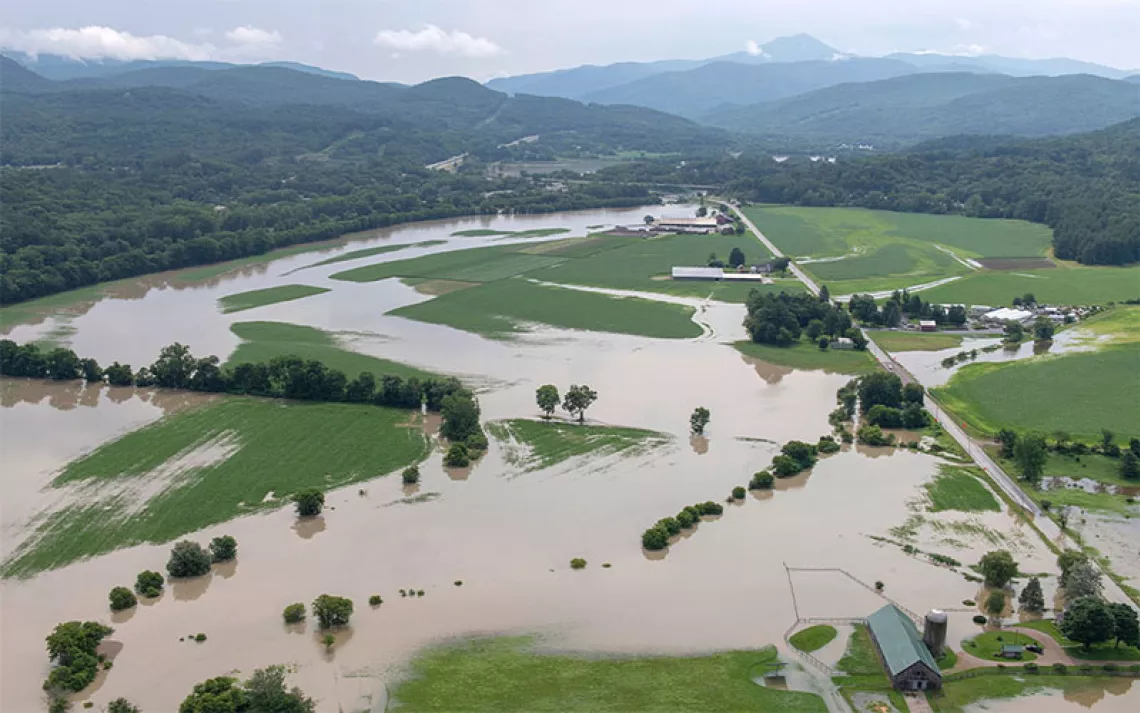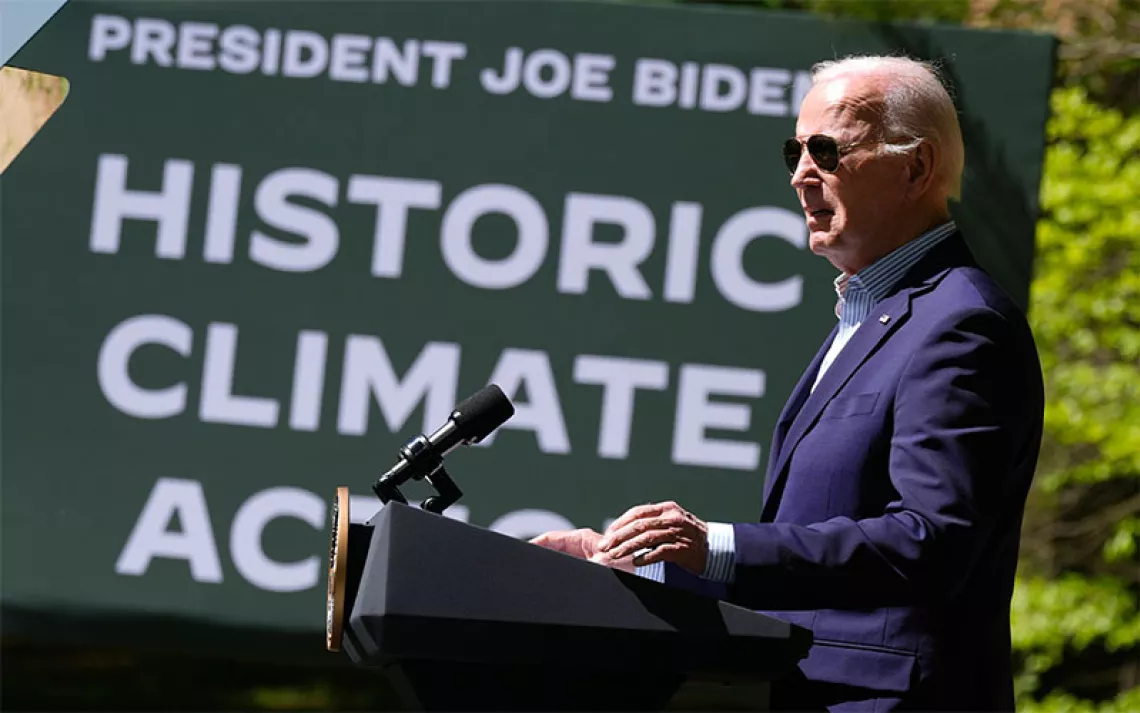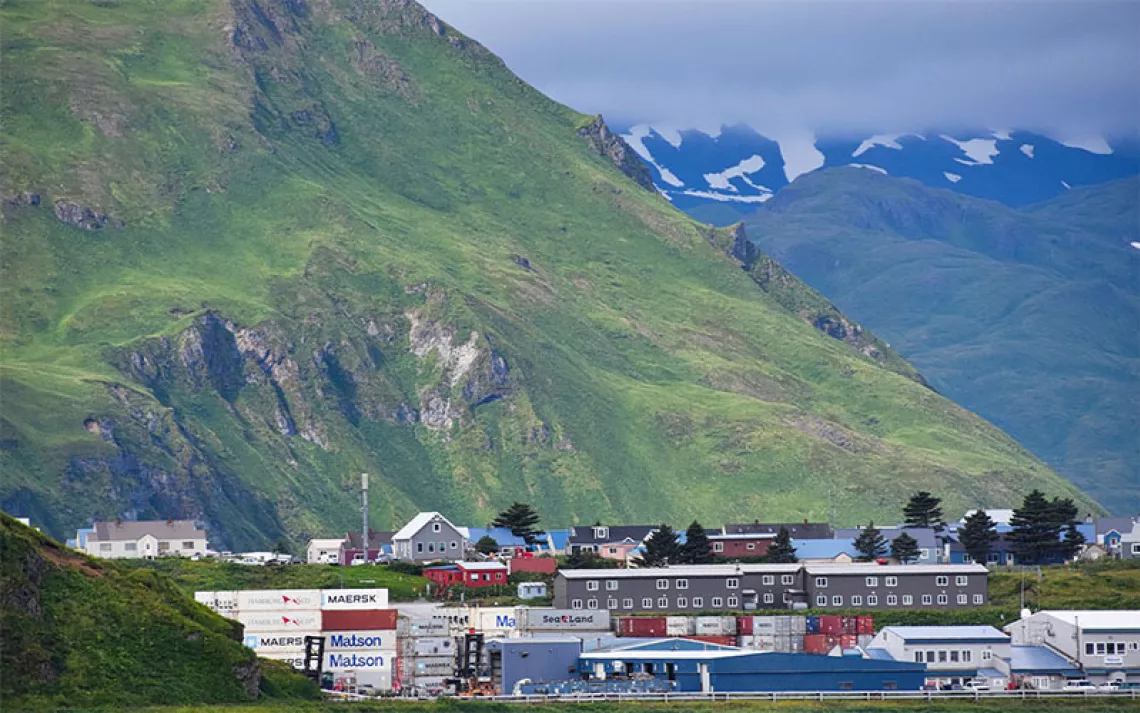The Second Season of Years of Living Dangerously Is Must-See TV
The climate change documentary series returns, now on the National Geographic Channel

Gisele Bündchen visits Rio de Janeiro, Brasilia, and the Amazon to explore issues of drought and deforestation. | Photo by National Geographic Channels/Lalo de Almeida
Climate change is a notoriously difficult subject to communicate. Even as evidence of global warming becomes increasingly obvious—cue heat domes, a rising sea sloshing around Miami's posh South Beach—for many people the topic remains too big to grasp, too distant to care about, or just too depressing to think about. How, then, to turn this wonky topic into must-see TV?

Thomas Friedman visits Senegal to explore the connection between climate change and migration. | Photo by National Geographic Channels/Ricci Shryock
In 2014, James Cameron and Arnold Schwarzenegger teamed up with seasoned television producers and harnessed star power to create the Showtime climate change documentary series Years of Living Dangerously. Highlights from season one included Harrison Ford as a kind of real-life Indiana Jones, paddling a canoe through Borneo to investigate deforestation and later angrily confronting Indonesia's forestry minister about jungle-burning palm-oil-plantation owners. The show was a hit, scoring an Emmy.
Years of Living Dangerously returns to television this fall, now produced and broadcast by the National Geographic Channel, a move that will expand its U.S. audience fourfold. The producers stick to the script that worked so well the first time around. Boldface names (Don Cheadle, Sigourney Weaver, Gisele Bündchen) travel to far-flung locations (the Amazon rainforest, the Great Barrier Reef, the deserts of Kuwait) to investigate how climate change is already harming ecosystems and the human communities and wildlife that depend on them.
The series succeeds by allowing the celebrity personas to entertain even as they inform. Often, this works beautifully.The season premiere, "A Race Against Time," features analmost unrecognizable, long-bearded David Letterman exploring whether solar power can illuminate India without increasing greenhouse gases. Between wisecracks, a Nehru-collared Letterman interviews India's renewable energy minister and "the big man himself," Prime Minister Narendra Modi. The comedian then switches to seriousness: "We [Americans] don't appear to be as ambitious as India," adding, "I'm trying to shrink my own carbon footprint."

A bearded David Letterman investigates whether India can provide renewable energy for its quickly growing population. | Photo by National Geographic Channels/Ismail Ferdous
At times, though, the format stumbles. In Nevada and Florida, Cecily Strong (Saturday Night Live, Ghostbusters) investigates electric utilities' dirty tricks to derail solar and exposes how "companies succeeded in blocking the sun." It's an important story, but Strong's Edward R. Murrow impersonation is undercut by her delivery—she sounds like a Valley girl with a Brooklyn accent.
Thankfully, some of the heaviest lifting is left to someone who plays a reporter in real life—New York Times columnist Thomas Friedman. In one episode, Friedman reports from last year's UN climate change summit in Paris and then from Senegal and Niger, where he explains "how desertification, average temperature rise, and population growth combined to simply drive lots of people out of the Sahel region into this steady migration flow into Europe."
In an interview with Sierra, Friedman expanded on the point and said that climate change is a security threat on par with the Islamic State, "for the simple reason that it's weakening a whole set of West Africa states, now putting enormous pressure on Europe . . . the other great center of democracy."
In a multiverse of 500 channels, a single program, no matter how well produced, will never have the effect that television documentaries did back in the Walter Cronkite era. But with Years of Living Dangerously reaching some 90 million U.S. homes, at least climate-science deniers will have a little less room for plausible deniability. Hollywood is here to tell us that we've been warned.
 The Magazine of The Sierra Club
The Magazine of The Sierra Club



